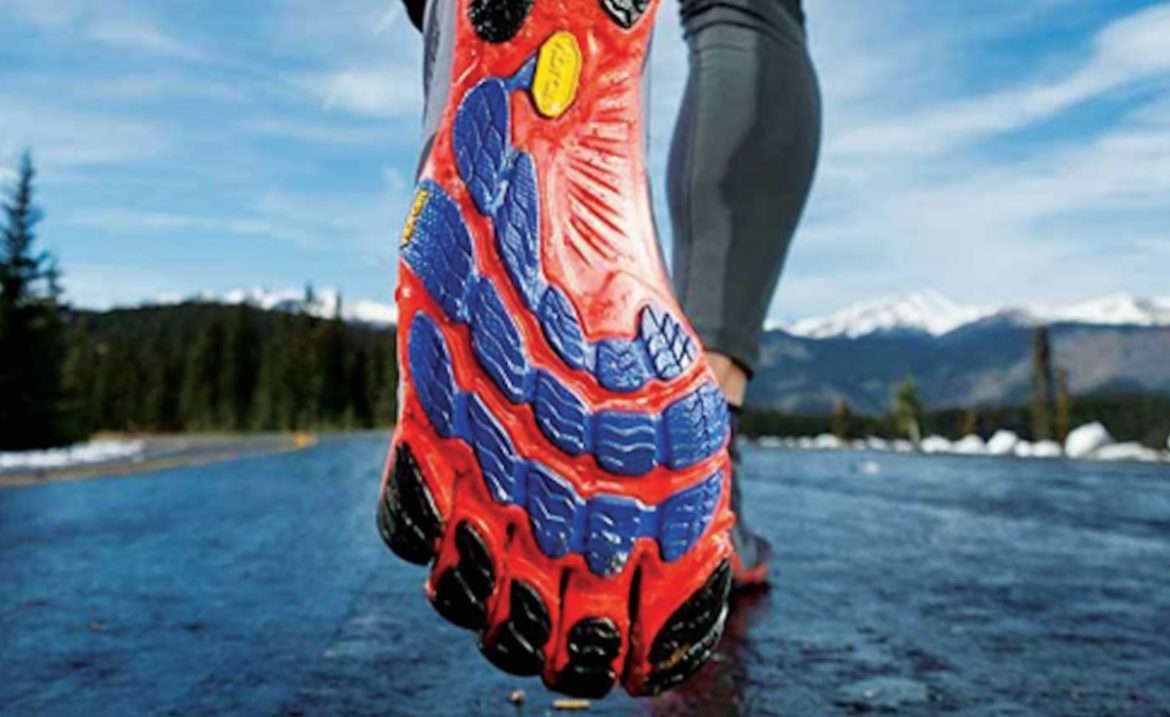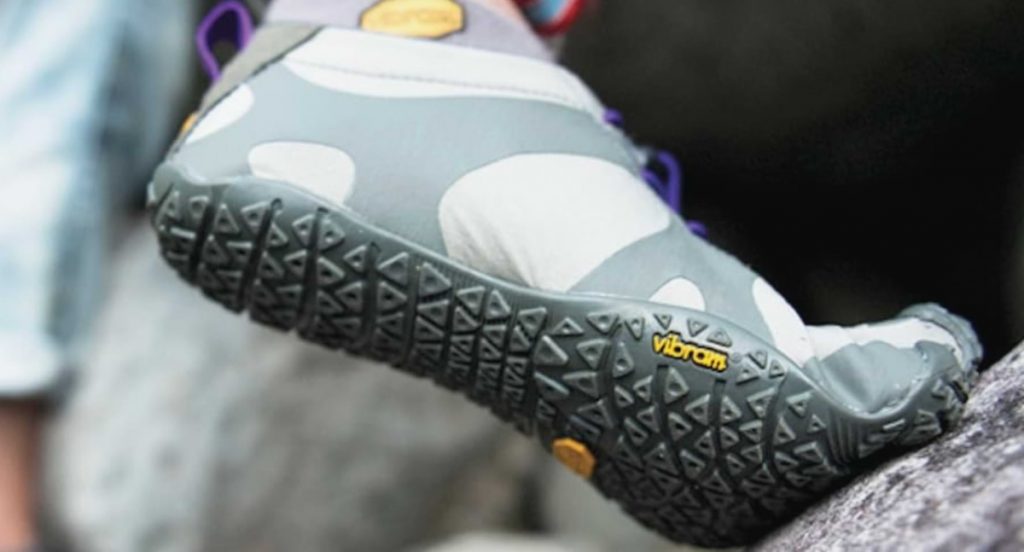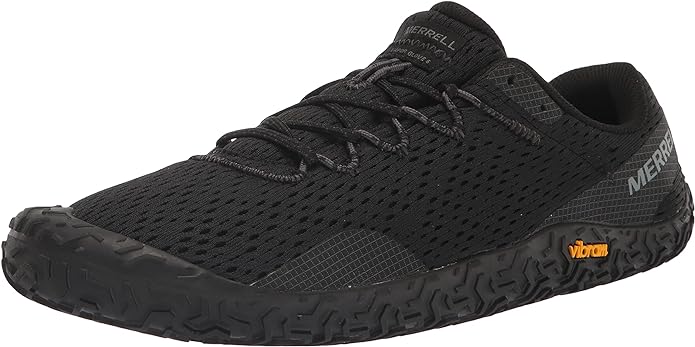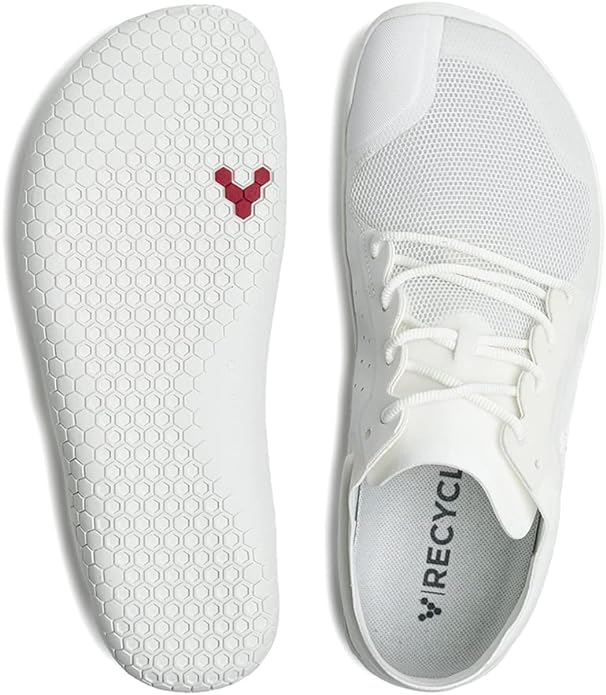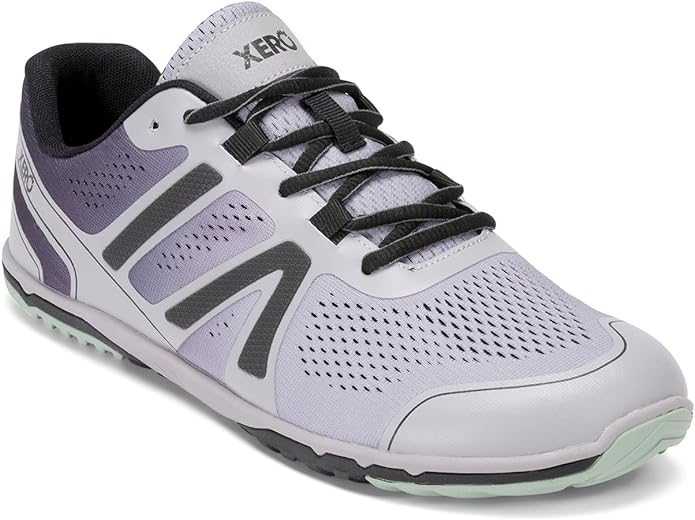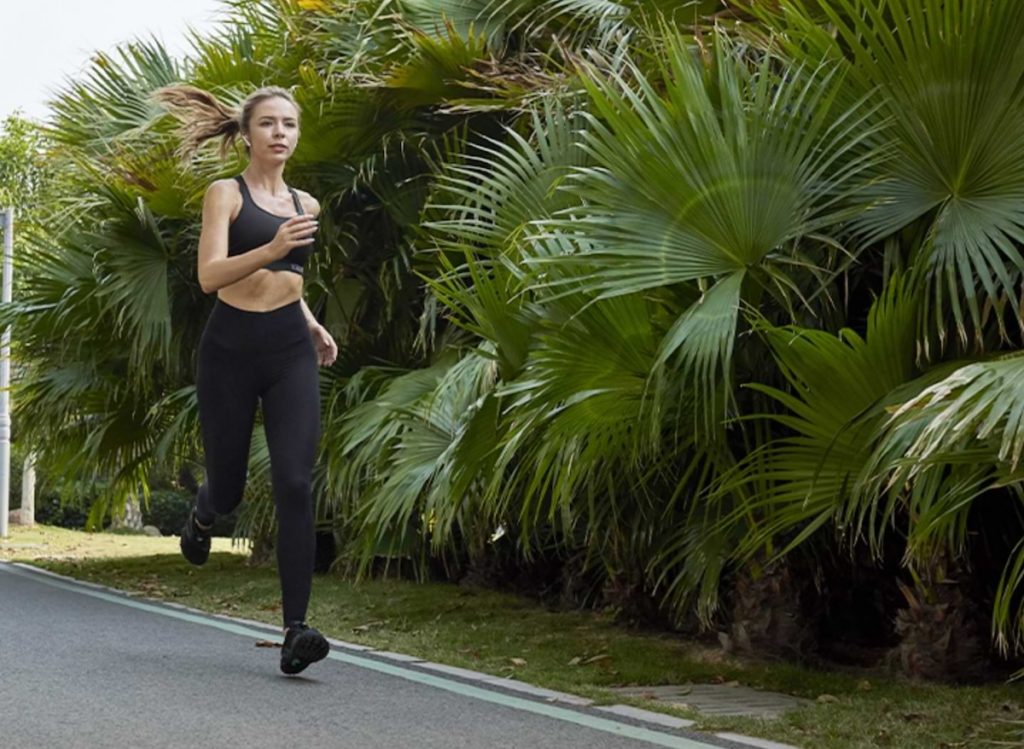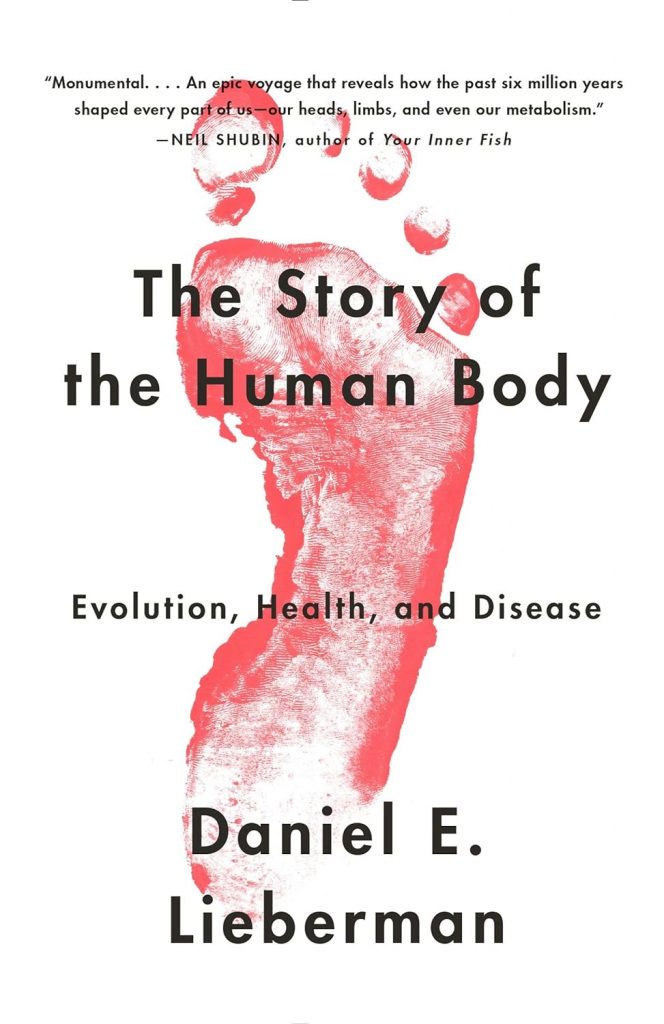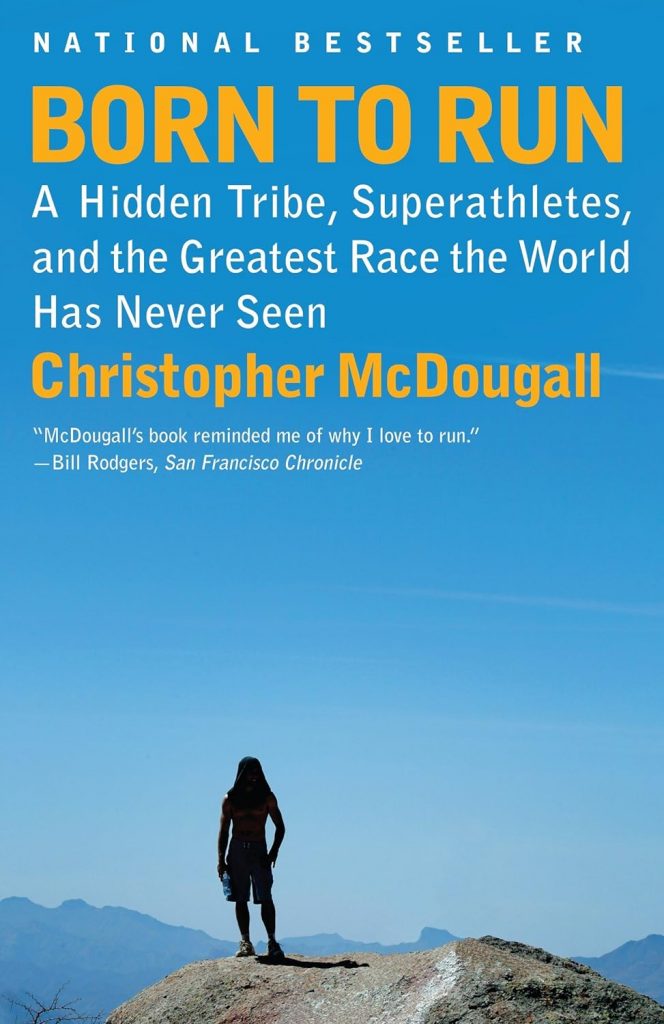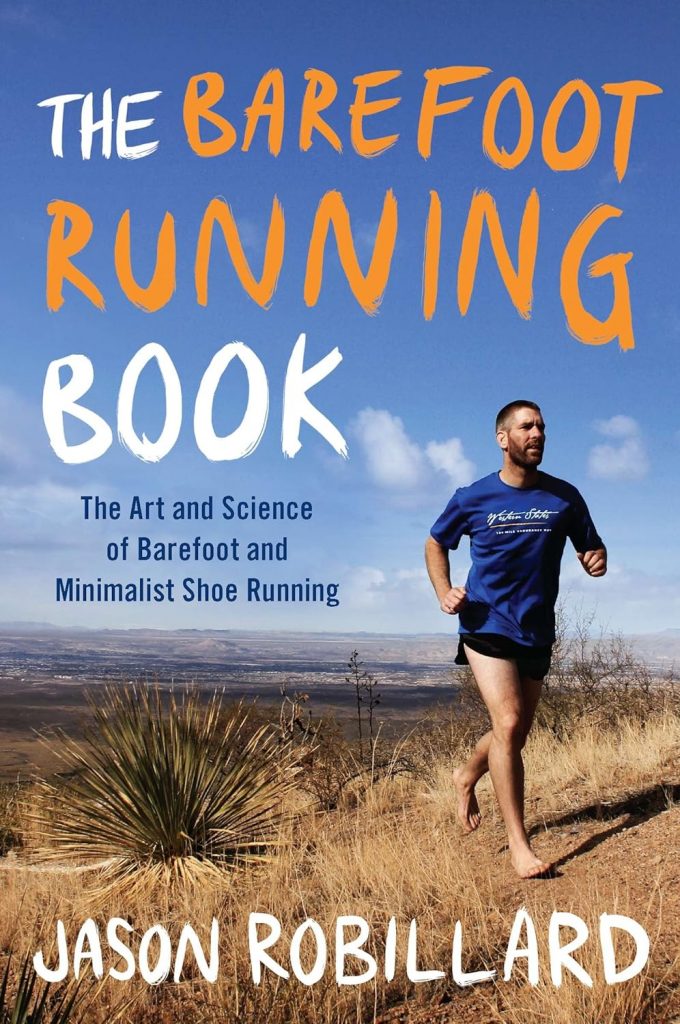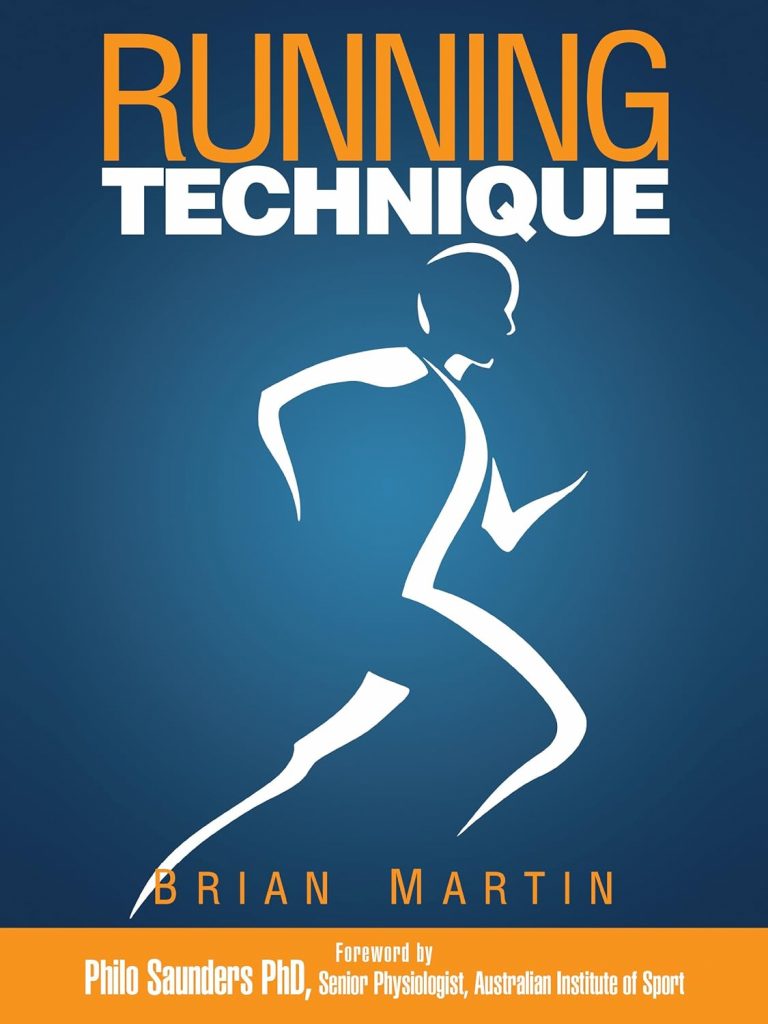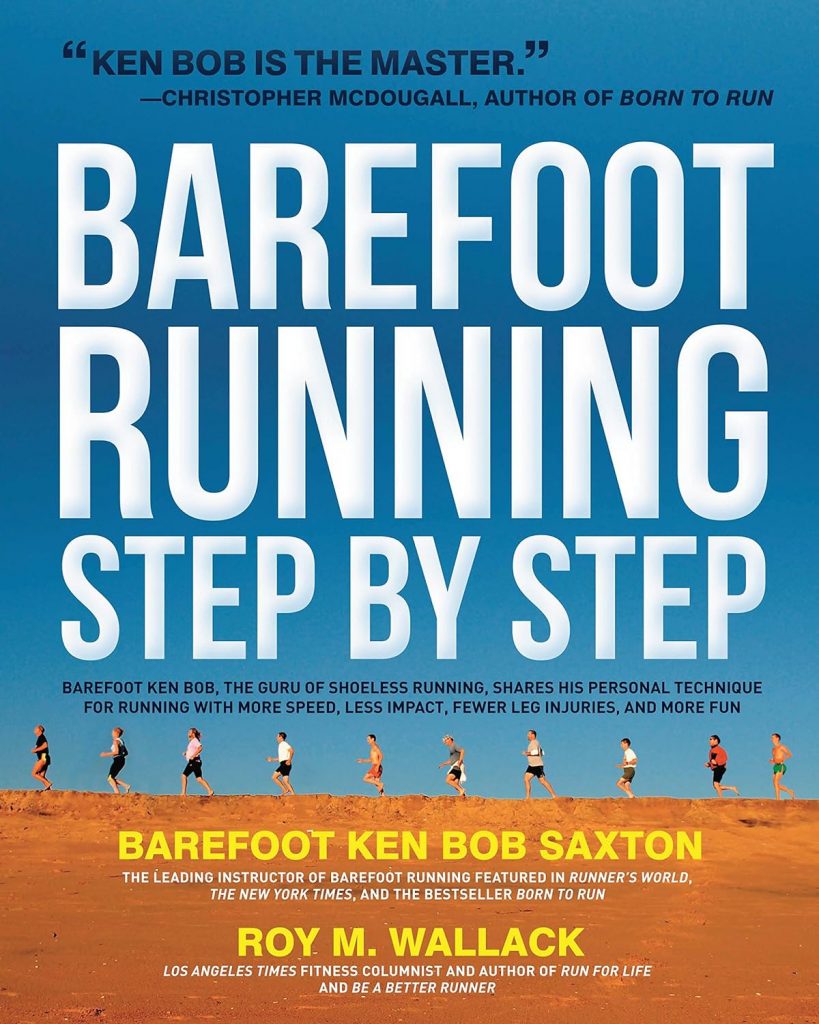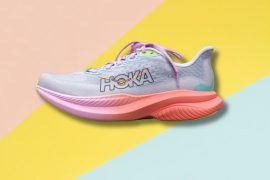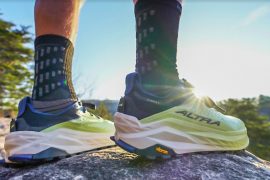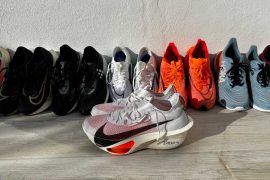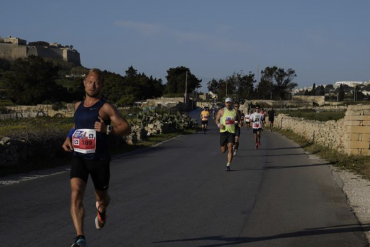Barefoot running, a practice that harks back to our ancestral roots, has garnered significant interest in recent years. In this article, I’ll give you the best barefoot running shoes in 2024, and give you the latest research on the benefits, and risks of barefoot running – together with guidelines for adoption.
I’ll go into more detail about this study later in the article, but for now, I’ll highlight some of the best barefoot running shoes on the market right now.
Best Barefoot Running Shoes 2024
There are a few brands that specialize in barefoot running, with Vibram being one of the best-known. I personally don’t like the five-finger system on barefoot running shoes, so I prefer some other models on the market.
Here are my favorites for the best running shoes for barefoot running in 2024:
1. Merrell Vapor Glove 6 – My pick: Best Barefoot Running Shoes 2024
Praised for its airy feel, high-ground feedback, and reliable traction, the Vapor Glove 6 stands out for its lightweight design, weighing only 5.3 oz. It has a Vibram outsole with 2-mm lugs for grip and a breathable upper.
However, its durability is a concern, and it may be too roomy for narrow feet.
2. Vivobarefoot Primus Lite III
Known for its wide toe box, durability, and breathability, the Primus Lite III provides a comfortable and flexible experience. It excels in being roomy, ultralight, and suitable for various activities including gym training.
It is relatively expensive though, and may not be suitable for beginners or heel strikers.
3. Xero Shoes HFS II
This shoe is appreciated for its flexibility and minimal cushion, offering a close-to-barefoot experience. It is lightweight at 6.8 oz and versatile enough for different activities. The shoe features a well-ventilated upper and a tire-inspired tread for grip.
It could run small and is not ideal for those with wide feet.
The Appeal of Barefoot Running
The increasing interest in barefoot running stems from various reasons. Key among them is the potential for injury prevention. Conventional running, often associated with a high incidence of injuries, has not seen a significant decline in injury rates despite advancements in shoe technology.
Barefoot running, perceived as a more ‘natural’ form of running, is believed to offer a solution to this problem.
The study “A Review of the Benefits, Risks, and Guide to Adopting Barefoot Running” by Joe Wallace provides an extensive analysis of this phenomenon. It delves into the evolutionary perspective of human running, highlighting that humans, originally barefoot runners, possess unique anatomical adaptations for endurance running.
Studies have indicated a strong interest in adopting barefoot running for injury prevention and enhanced performance.
Anatomical and Biomechanical Perspectives
The study extensively reviews the anatomical and biomechanical changes associated with barefoot running. Habitually barefoot individuals tend to have stronger, more flexible feet with less pressure experienced during walking. This is contrasted with modern shod (shoe-wearing) populations, which often exhibit more foot pathologies.
Barefoot running also influences common running injuries like posterior tibial tendonitis, Achilles tendinopathy, and patellofemoral pain, often mitigating these conditions through natural biomechanical adjustments.
Barefoot Running and Injury Prevention
One of the pivotal aspects of this review is the analysis of injury prevention through barefoot running. While footwear is known to mitigate injury risks in certain activities, barefoot running has been associated with reduced peak ground reaction forces, which is crucial in injury prevention.
The transition to barefoot running involves increased knee flexion and foot and ankle plantarflexion at ground contact, leading to a different stress distribution on the body. Interestingly, a significant portion of individuals interested in barefoot running reported no new running injuries and an alleviation of existing ones.
Guidelines for Transitioning to Barefoot Running
Transitioning to barefoot running requires careful consideration and planning to avoid injury. The study provides comprehensive guidelines, emphasizing the need for a gradual shift and preparation of the body through specific exercises.
It suggests that the adaptation to barefoot running, including the strengthening of foot muscles and plantar skin, can take several weeks.
Minimalist Shoes as an Alternative
For those unable to adopt barefoot running fully, minimalist running shoes are presented as a viable alternative. These shoes allow for many of the benefits of barefoot running while providing protection against surface hazards and extreme temperatures.
In conclusion, Wallace’s study offers an insightful and thorough exploration of barefoot running, addressing its evolutionary background, biomechanical implications, injury prevention aspects, and practical guidelines for adoption.
It presents barefoot running not just as a trend, but as a return to a more natural form of human locomotion with potential health benefits.
Read more: Best running shoes for heavy men and women
Pros and Cons of Barefoot Running
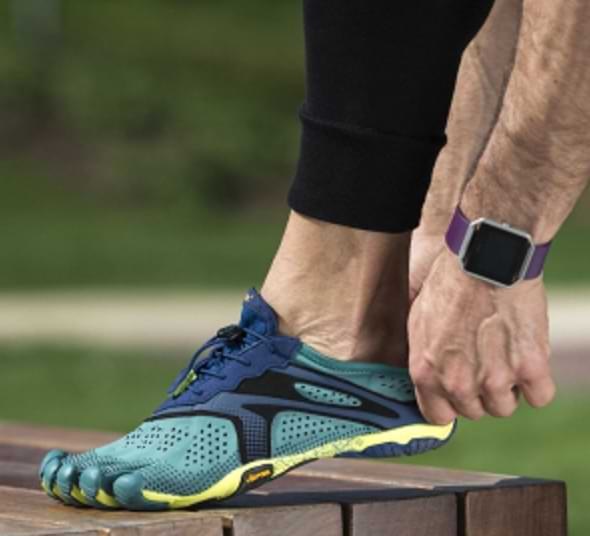
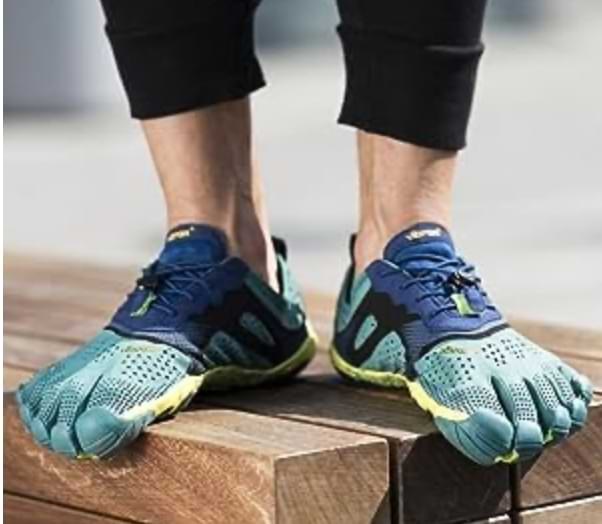
Barefoot running, a practice that has gained popularity and attention in recent years, comes with its set of advantages and disadvantages:
Pros of Barefoot Running
- Natural Foot Mechanics: Running barefoot promotes a more natural gait, encouraging a forefoot or midfoot strike, which can reduce impact forces on the legs and lower back.
- Strengthening Feet and Lower Legs: It can strengthen the muscles, tendons, and ligaments of the foot and lower leg, improving overall foot health and reducing the risk of injuries like plantar fasciitis and shin splints.
- Improved Balance and Proprioception: Running without shoes enhances proprioception (the body’s ability to sense its position in space) and balance, as the feet are more directly in contact with the ground.
- Reduced Shoe-Related Expenses: Going barefoot eliminates the need for expensive running shoes and the cost associated with regularly replacing them.
- Increased Sensory Feedback: Direct contact with the ground provides increased sensory feedback, which can enhance the overall running experience and connection with the environment.
Cons of Barefoot Running
- Risk of Injuries from Ground Surfaces: The lack of protection can lead to injuries from stepping on sharp objects, rough surfaces, or extreme temperatures.
- Adaptation Period: Transitioning to barefoot running requires a significant adaptation period. Runners often experience soreness and may be at a higher risk of overuse injuries during this transition.
- Limited Practicality: In many urban environments or during certain weather conditions, it’s impractical or uncomfortable to run barefoot.
- Dirty and Unhygienic Conditions: Running barefoot in public areas can expose feet to dirt, bacteria, and potential infections.
- Social and Cultural Acceptance: In many cultures, going barefoot is not widely accepted, especially in public places, which can limit where and when you can practice barefoot running.
What to Consider when Buying Barefoot Running Shoes?
When considering purchasing barefoot running shoes, there are several key factors to keep in mind:
- Toe Room: Barefoot shoes typically have a wider toe box to allow your toes to spread naturally, enhancing balance and stability. Make sure the shoes provide enough room for your toes to move freely.
- Sole Thickness: The sole should be thin enough to allow your feet to sense the ground, which is crucial for the barefoot running experience. However, it should also provide enough protection to prevent injury from sharp objects.
- Flexibility: The shoe should be flexible enough to allow your foot to move and flex naturally. This flexibility is essential for the proper function of your feet and ankles.
- Weight: Lighter shoes are preferable as they allow for a more natural foot movement and reduce the strain on your legs.
- Material: Look for breathable materials to keep your feet cool and dry. Natural materials can also be more comfortable and sustainable.
- Zero Drop: Barefoot shoes usually have a zero drop from heel to toe, meaning there is no elevated heel. This encourages a more natural running posture and gait.
- Fit: Ensure the shoes fit well. They should be snug but not too tight, and there should be no excessive pressure points.
- Durability: Consider the durability of the shoes, especially if you plan to run on rough terrain. Check the quality of the materials and construction.
- Style and Usage: Consider where you’ll be using the shoes (trails, roads, gym) and choose a style that fits your needs and personal preferences.
- Transition Period: If you’re new to barefoot running, remember there’s a transition period. Start slowly and gradually increase your distance to avoid injuries.
- Brand and Reviews: Research different brands and read reviews from other barefoot runners to understand the pros and cons of each model.
- Price: While not the most important factor, the price is something to consider. Balance quality with what you can reasonably afford.
Summary
Here, I’ve identified the best barefoot running shoes on the market and provided you with the latest research in the field. I’ve also given you tips on what to consider when buying barefoot running shoes.
I hope this article has given you more insight into the subject and answers to any questions you may have. Below I also list some recommended books on barefoot running that I can recommend.
5 Best Books about Barefoot Running
Here are five highly recommended books on barefoot running, each offering unique insights and guidance for beginners:
1. The Story of the Human Body: Evolution, Health, and Disease – Daniel Lieberman
While not strictly about barefoot running, this book by Harvard Professor Daniel Lieberman provides a foundational understanding of human evolution. It offers context on how our bodies, including our feet, have evolved, which is crucial for understanding the benefits and mechanics of barefoot running.
2. Born to Run – Christopher McDougall
This is perhaps the most famous book on barefoot running. McDougall’s narrative revolves around his experiences with the Tarahumara Indians, renowned for their long-distance running abilities. The book delves into how the footwear industry has impacted running and discusses the science and technical aspects of barefoot running, making it an inspirational and informative read for beginners.
3. The Barefoot Running Book: The Art and Science of Barefoot and Minimalist Shoe Running – Jason Robillard
This book is a concise and informative guide, particularly for beginners. Robillard focuses on the structure of running form and how to refine it for the best results. It includes information on barefoot drills and the importance of patience during the transition to barefoot running.
4. Running Technique – Brian Martin
Martin’s book offers a straightforward and easy-to-understand approach to the anatomy of running and the muscles involved. It provides excellent tips on which muscle groups to train for running and how it impacts your running performance, making it a practical guide for those interested in improving their running technique, whether barefoot or not.
5. Barefoot Running Step by Step – Ken Bob Saxton
Ken Bob Saxton, a pioneer in the field, offers a comprehensive step-by-step guide for beginners in barefoot running. His book includes various drills and exercises to prepare readers for barefoot running, making it an excellent resource for those starting out.
FAQs – Barefoot Running
Barefoot running involves running without shoes, allowing your feet to be in direct contact with the ground. This style of running is believed to promote a more natural gait and strengthen the muscles in the feet and legs.
Benefits can include improved balance, a stronger sense of connection to the running surface, potential strengthening of the muscles in the feet and lower legs, and a change in running form that might reduce certain types of injuries. However, these benefits can vary from person to person.
Yes, there are risks. These include increased exposure to foot injuries like cuts and bruises, the possibility of stress fractures, and Achilles tendonitis, especially if the transition to barefoot running is too rapid or not done correctly.
Transitioning should be gradual. Start by walking barefoot or using minimalist shoes, and slowly increase the distance and intensity of barefoot activities. Pay attention to your body’s signals and give your feet and legs time to adapt.
While you can technically run barefoot on any surface, it’s wise to start on softer, smoother terrain to minimize the risk of injury. As you gain experience and your feet become more adapted, you can experiment with different surfaces.
Many barefoot runners find that it encourages a mid-foot or forefoot strike, which can lead to improvements in running form. However, the change in form should be gradual to avoid injury.
If you experience pain, it’s important to stop and assess the cause. It could be a sign of overuse, improper form, or a need for a more gradual transition. Consulting with a healthcare professional or a coach experienced in barefoot running can be beneficial.
Barefoot running is not suitable for everyone. Individuals with certain foot conditions, like severe flat feet or plantar fasciitis, may find barefoot running exacerbates their issues. Personal preference, biomechanics, and medical history play significant roles in determining suitability.

